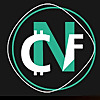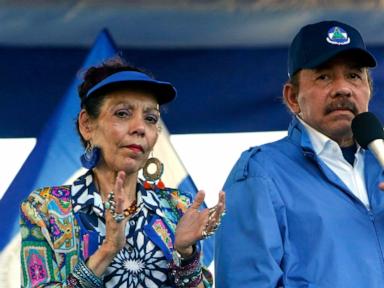ARTICLE AD BOX

- Paul Sztorc created Drivechain to expand Bitcoin’s use without changing its core foundation.
- Despite criticism, Paul continues to advocate for flexible Bitcoin innovation.
While most developers opted to follow the mainstream in the Bitcoin world, Paul Sztorc chose a different path. He wasn’t just a researcher or a technical proposal writer. He was someone who, from the beginning, felt that Bitcoin shouldn’t just be “digital gold.” To him, Bitcoin could be more—more flexible, more open, and, oddly enough, simpler if managed the right way.
Beyond Predictions: A Bigger Vision for Bitcoin
Paul’s story isn’t that of a technocrat who just speaks code. His background was in academia, but he quickly realized that the world of predictions, incentives, and open systems offered more interesting challenges. This gave birth to the idea of Truthcoin, which later evolved into Hivemind—a decentralized prediction system that runs on top of Bitcoin.
But Paul’s journey didn’t stop there. Around 2015 to 2017, he began to think about a much more radical concept: Drivechain. A way to create a Bitcoin sidechain that could be used to run features like smart contracts, tokens, and even extra privacy—all without shaking up Bitcoin’s existing foundations.
Furthermore, Drivechain is not just an idea to replace altcoins. Paul envisions it as a bridge: Bitcoin remains the foundation, but developers no longer need to jump to another blockchain just to try new features. This concept was not immediately welcomed.
Many in the Bitcoin community saw it as a loophole that could endanger the network, or at least, as something that was too “free.”
Nevertheless, Paul remained consistent. He did not choose the path of stubborn debate, but slowly developed LayerTwo Labs, a team that actively prepared the Drivechain infrastructure.
He even designed a new activation scheme that did not rely on centralization in Bitcoin Core, which he called Core-Untouched Softfork (CUSF). Looks complicated? Maybe. But the goal is simple: to accelerate innovation without having to wait for the blessing of a central gateway.
What Paul Sztorc Is Still Fighting For, Even When It’s Unpopular
Of course, not everyone agrees with him. Figures like Peter Todd and Michael Saylor have criticized his ideas. But Paul does not seem to be the type to run away from debate. At conferences—from Bitcoin Amsterdam to the Litecoin Summit—he has been easygoing in explaining his arguments, occasionally slipping in sarcastic humor when explaining how slow Bitcoin’s decision-making system is.
On the other hand, he has received a lot of support from independent developers and miners who are starting to tire of the reliance on a one-way system. Many of them see Drivechain not as a threat, but as an opportunity.
If you’ve ever imagined what it’s like to move house every time you want to change the kitchen model—that’s how it feels when developers have to move blockchains just to try out new features. With Drivechain, the analogy is more like adding a new room to the same house, without having to tear down the foundation.
To this day, Paul Sztorc is still actively writing, speaking on podcasts, and throwing out his sharp thoughts on social media. He’s not someone who likes to wrap his ideas in sweet words, but prefers to present arguments in a “if you think this is bad, show me where it’s wrong” style.
Not everyone can or wants to follow the complicated logic of proposals like BIP-300 or CUSF. But if you look at Paul’s persistence, one thing is clear: he is not interested in being popular. He just wants to see Bitcoin remain relevant, not just this year, but in the increasingly challenging future.
.png)
 9 hours ago
2
9 hours ago
2








 English (US)
English (US)